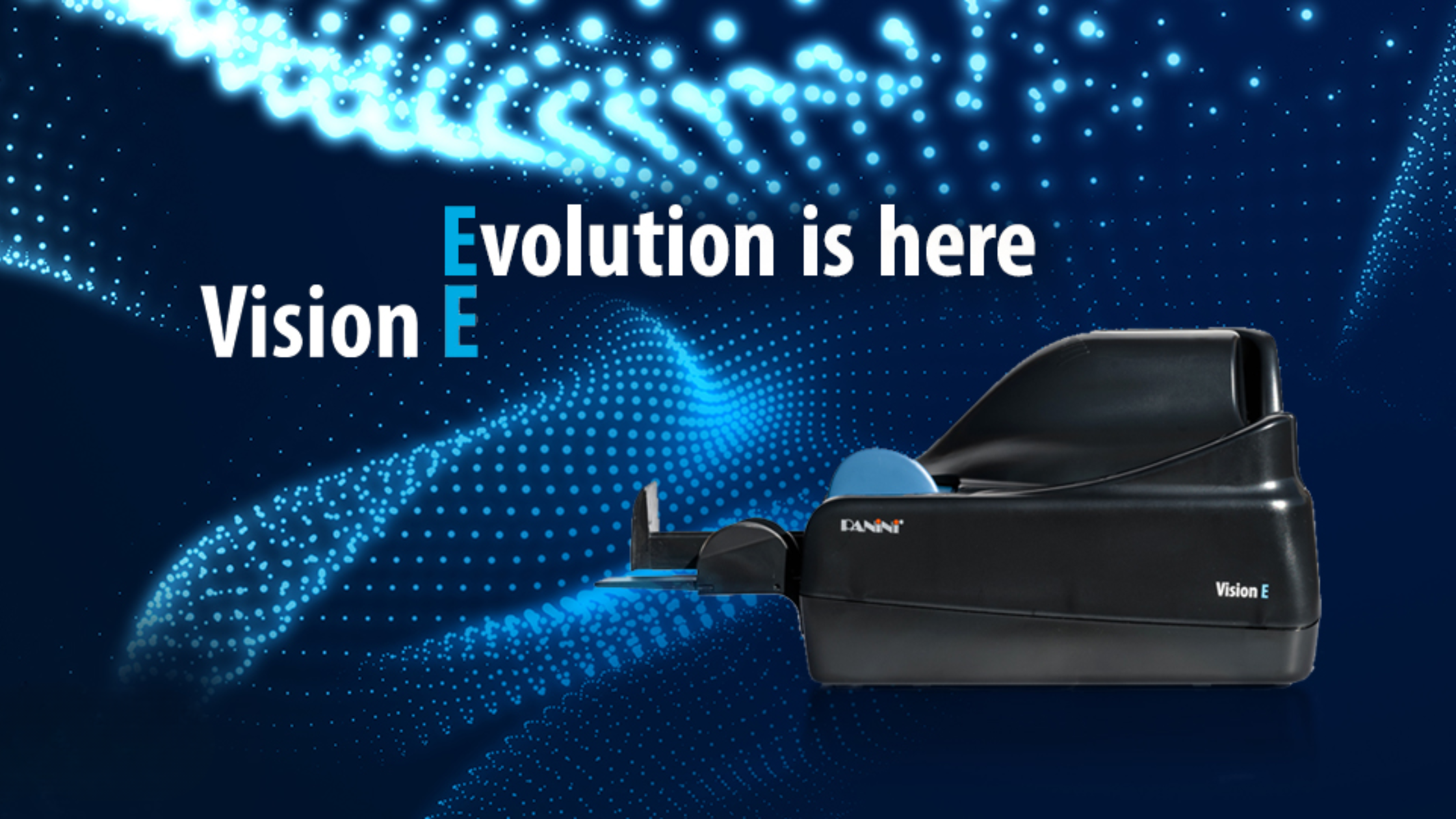
Driverless scanners are revolutionizing the way financial institutions handle their operations. These innovative devices offer a range of benefits that simplify processes and enhance productivity.
Until recently, the market has lacked an affordable batch check scanner for RDC that avoids the need for installing and regularly updating APIs and drivers and all the related maintenance overhead. Driverless scanners are now revolutionizing the way financial institutions handle their operations.
But what exactly are driverless scanners, and how can they benefit your financial institution? In this article we explore the 5 advantages to using driverless scanners for Remote Deposit Capture.
What is Remote Deposit Capture?
Remote Deposit Capture (RDC) is a technology that lets businesses and individuals deposit checks electronically without physically visiting a bank branch. Instead of manually delivering paper checks to a bank, RDC allows users to scan the checks using a desktop scanner, or other imaging equipment. The scanned images of the checks are then transmitted securely to the bank for processing and deposit into the user's account.
What is a Driverless Scanner?
Driverless scanners are innovative devices that eliminate the need for traditional USB driver installations, streamlining driver management support and reducing help desk calls. They can be used wirelessly or connected directly to a LAN.
Driverless scanners offer a range of capabilities, including:
-
Operating System Agnostic Integration: These scanners seamlessly integrate with various operating systems, allowing for true check capture & truncation capabilities across a variety of host devices and applications including macOS support.
-
API-Free Operation: Driverless scanners operate without the need for complex APIs, simplifying the integration process and enhancing user convenience.
-
One-Line Ink Jet Endorsement: These scanners feature one-line ink jet endorsement capabilities, facilitating efficient and streamlined check endorsement processes.
-
Ultrviolet Front Imaging Options: Some driverless scanners come equipped with ultraviolet front imaging options, providing enhanced imaging capabilities for improved check processing and security measures.
The 5 Advantages of Driverless Scanners
Driverless scanners are a significant advancement in technology further improving efficiency and productivity within financial institutions. Below, we outline 5 key benefits of using driverless scanners:
-
Simplified Installation and Onboarding: Driverless scanners ease the complexities often associated with the installation and onboarding process. Unlike traditional scanners, they seamlessly integrate with a range of operating systems and devices without requiring additional software installations, reducing the need for troubleshooting.
-
Effortless Maintenance: Driverless scanners are low maintenance. With no need to update drivers or worry about compatibility issues financial institutions can allocate resources more efficiently towards core tasks and objectives.
-
Enhanced Compatibility: The scanners are compatible across a broad spectrum of devices and operating systems. Whether used on a PC, Mac, smartphone, or tablet, these scanners seamlessly integrate with your preferred platform.
-
Wireless Connectivity: Wireless connectivity makes driverless scanners very convenient. These scanners let you connect wirelessly or directly to a LAN, allowing for document scanning from any location within the network.
-
Streamlined Remote Deposit Capture: These scanners seamlessly integrate with remote deposit capture processes. Without the need for complex APIs and drivers, check capture and truncation becomes a more straightforward process.
The Advantages of Remote Deposit Capture
Whether using a traditional scanner or opting for the innovative technology of a driverless scanner, Remote Deposit Capture presents numerous advantages:
- Convenience: RDC lets users deposit checks remotely, anytime, and from anywhere with an internet connection. This eliminates the need for physical visits to the bank, saving both time and resources. Whether you're a small business owner managing operations from home or a large corporation with multiple remote locations, remote deposit scanners let you deposit checks swiftly and efficiently.
- Time Saving: Traditional check deposit methods involve manual tasks such as filling out deposit slips, traveling to the bank, and waiting in line. Scanners automate this process, significantly reducing the time required to deposit checks. With just a few clicks, checks can be scanned, verified, and deposited electronically within minutes.
- Improved Cash Flow Management: Timely deposit of checks is crucial for healthy cash flow. RDC expedites the deposit process, ensuring that funds are available for use sooner rather than later.
- Enhanced Security: All RDC scanners are equipped with security features to safeguard sensitive information. Using advanced encryption protocols and authentication mechanisms, RDC scanners ensure that financial data remains protected throughout the deposit process. The digital records generated also serve as an audit trail, allowing businesses to track and monitor all deposit activities for compliance purposes.
- Scalability and Accessibility: One of the most compelling aspects of Remote Deposit Capture is versatility. Whether your business processes a handful of checks or deals with a high volume of transactions daily, RDC can scale to meet your needs.
- Cost-Efficiency: By automating the check deposit process, these scanners reduce the need for manual labor, saving businesses time and resources. The elimination of transportation costs associated with physical bank visits also translates into additional savings for businesses. Over time, the return on investment can be substantial, making RDC a cost-effective solution for businesses looking to improve their financial processes.
Choosing Your Remote Deposit Capture Hardware
When selecting the right scanner for your financial institution or business, it's important to consider several factors. Firstly, assess compatibility with your existing systems and software. Make sure that the scanner integrates with your RDC platform and other financial applications. Secondly, evaluate the processing capabilities of the scanner, including its ability to accurately read MICR, OCR, and barcode data, as well as its image capture and compression capabilities. Finally, consider network connectivity options, especially if you operate in a networked environment. Determine whether ethernet, wireless, or other connectivity options best suit your needs.
Outsourcing some or all of your RDC fulfillment to a reputable vendor is an efficient way to access all the benefits of RDC and help manage its associated risks.
Download our Essential Guide to Outsourcing RDC Fulfillment to understand the 6 reasons banks should rethink remote deposit capture and how you can outsource fulfillment of your RDC requirements.

